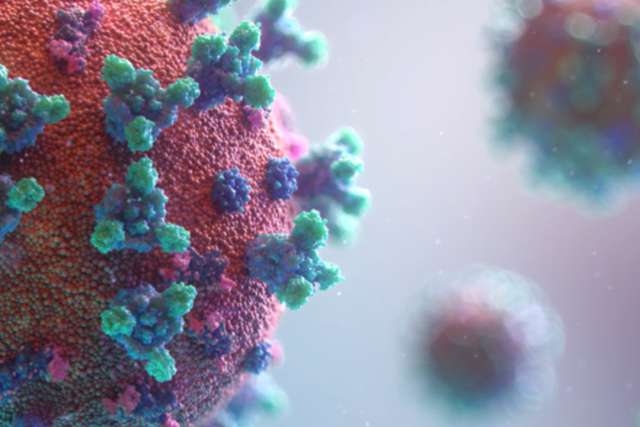Dear Doctors: Our dad is 77 years old and has diabetes. He got sick with COVID-19 this summer, and it was a huge struggle to get him to take the Paxlovid his doctor prescribed. The process made me realize I don’t know much about the drug or how it works. Can you please explain?
Dear Reader: Paxlovid is a class of drug known as an antiviral. Approved by the Food and Drug Administration in May 2023, it is the first effective treatment for people who are at least 12 years old and are at high risk of developing severe disease during a COVID-19 infection. This includes adults over age 65; individuals of all ages whose immune systems are suppressed due to disease or medical treatment; people living with chronic health conditions such as lung or heart disease, diabetes, cancer and asthma; and people who have never been vaccinated against COVID-19.
In order to be effective, treatment with Paxlovid must begin within the first five days after the onset of mild to moderate symptoms of a COVID-19 infection. As with other types of antiviral medications, Paxlovid is most effective when taken in the earliest stages of infection. The five-day treatment consists of three pills taken twice a day, typically in the morning and in the evening. The total treatment consists of 30 pills. This can sound daunting, but the drug comes in a blister pack that is clearly organized by day and dose. All you have to do is release each dose from the packaging.
The drug works by interfering with the ability of the COVID-19 virus to grow and spread. Two of the pills in each dose are a drug known as nirmatrelvir, which acts on an enzyme that is key to the structural integrity of the COVID-19 virus. The third pill, a drug known as ritonavir, keeps nirmatrelvir from being broken down by the body, which prolongs its efficacy. Although Paxlovid is effective at keeping people out of the hospital, ongoing research shows that it does not prevent long COVID.
Most people tolerate the drug well. However, as with any medication, side effects are possible. The most common is a metallic or bitter taste in the mouth. Additional reported side effects include diarrhea, elevated blood pressure and muscle aches or pains. More serious effects include an allergic reaction to the drug that causes a rash or hives, swelling of the tongue or lips and difficulty breathing. Liver damage has been reported; however, this has been rare.
The most recent data show that Paxlovid cuts the risk of hospitalization and death due to COVID-19 infection in half. This is particularly true for people who are at high risk and those who have never received a COVID-19 vaccination. Interestingly, a recent study in the New England Journal of Medicine found the drug had a negligible effect on low-risk individuals who were fully vaccinated. Still, older adults, people of all ages living with high-risk conditions and people who experience moderate to severe COVID-19 symptoms should immediately call their medical care providers for guidance.
(Send your questions to [email protected], or write: Ask the Doctors, c/o UCLA Health Sciences Media Relations, 10960 Wilshire Blvd., Suite 1955, Los Angeles, CA, 90024. Owing to the volume of mail, personal replies cannot be provided.)





